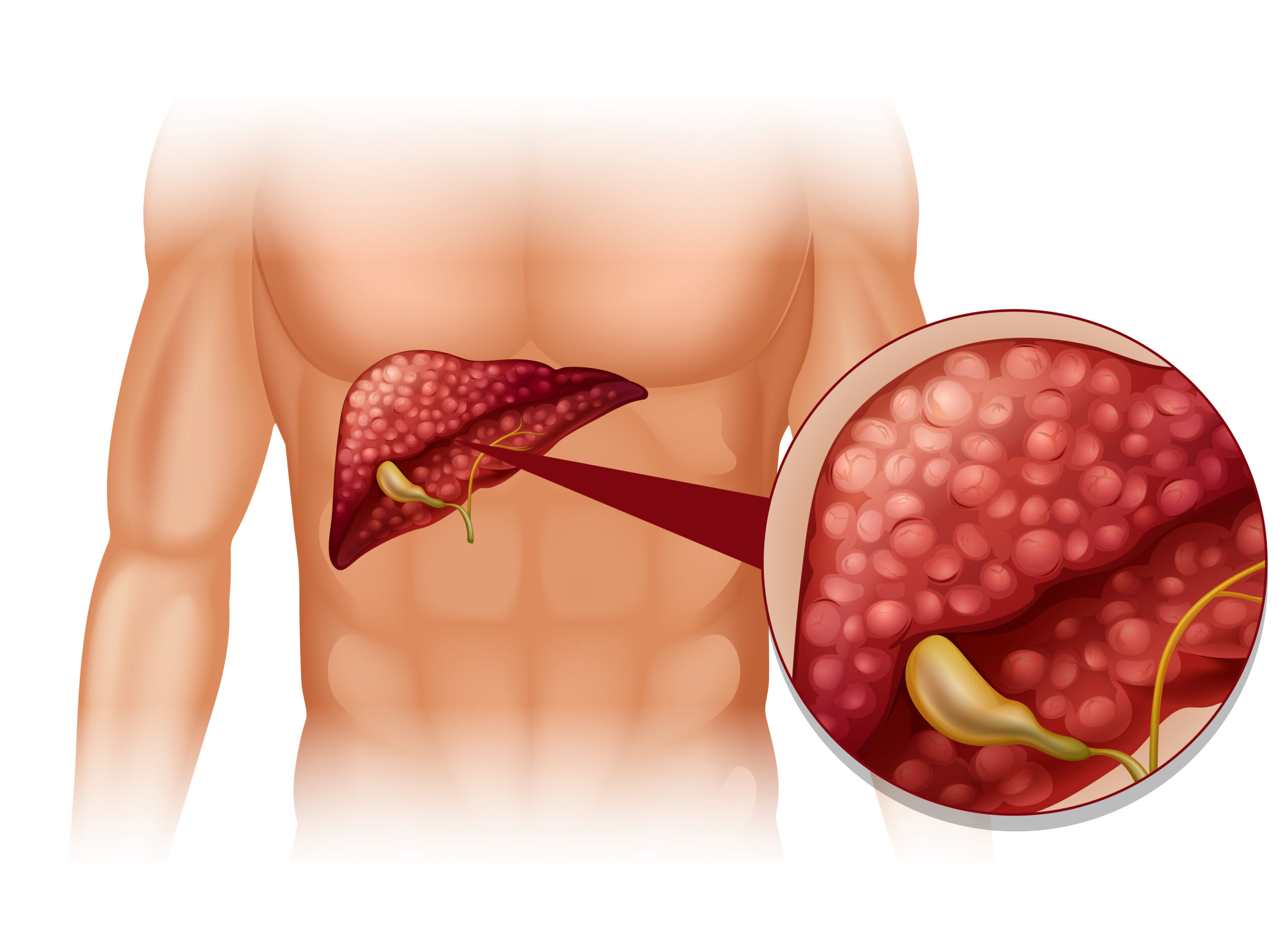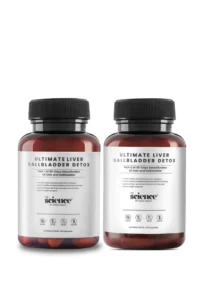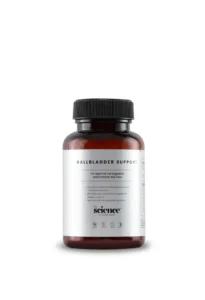If you are searching for the answer to how many grades of fatty liver there are, the straightforward answer is three. Fatty liver disease is classified into Grade 1, Grade 2, and Grade 3, depending on the amount of fat deposited inside the liver and the level of inflammation and damage. Knowing these stages is very important, because each grade reflects how severe the condition is and what steps should be taken for treatment or prevention.
Fatty liver disease has become a silent global epidemic, affecting millions of people worldwide. Most individuals do not even realize they have it until it is detected during a routine health check-up. In this article, we will look closely at how many grades of fatty liver there are, what each grade means, the causes, symptoms, treatment options, prevention tips, and when you should consult a doctor. By the end, you will clearly understand how to protect your liver health naturally and effectively.
What is Fatty Liver Disease
Fatty liver disease occurs when excessive fat builds up inside the liver cells. Normally, the liver contains only a small percentage of fat, but when the fat content rises above 5 to 10 percent of the organ’s weight, the condition is diagnosed as fatty liver. The disease progresses slowly and, if ignored, can lead to serious complications.
There are two main types of fatty liver disease:
- Non-alcoholic fatty liver disease (NAFLD), which is not related to alcohol intake and is usually linked to obesity, poor dietary choices, insulin resistance, and metabolic syndrome.
- Alcoholic fatty liver disease (AFLD), which develops due to excessive alcohol consumption over time.
The global prevalence of fatty liver is increasing rapidly. Today, one in every four adults is believed to have some form of fatty liver. Lifestyle changes, poor dietary habits, rising obesity rates, and lack of physical activity are the major reasons behind this rise.
How Many Grades of Fatty Liver Are There
To answer the core question once again: how many grades of fatty liver are there? The answer is three. These three grades show how the condition progresses from mild fat buildup to severe inflammation and organ damage.
- Grade 1 fatty liver is the mild stage where fat deposits start accumulating in the liver without significant inflammation or damage.
- Grade 2 fatty liver is the moderate stage where fat increases further, and mild inflammation begins to affect the liver cells.
- Grade 3 fatty liver is the severe stage where there is heavy fat accumulation, inflammation, scarring, and a high risk of cirrhosis or liver failure.
Understanding how many grades of fatty liver there are and the features of each stage helps patients take timely measures before the disease worsens.
Grade 1 Fatty Liver (Mild Stage)
Grade 1 is the earliest and mildest stage of fatty liver disease. At this point, the fat deposits within the liver cells are still small, and the organ can usually function normally. Most patients at this stage have no noticeable symptoms. The condition is often detected by chance during an ultrasound or routine health check.
The main causes of Grade 1 fatty liver include obesity, high carbohydrate and sugar intake, sedentary lifestyle, insulin resistance, and poor eating habits. Fortunately, this stage is highly reversible if addressed early.
Treatment for Grade 1 fatty liver involves:
- Adopting a healthy diet rich in vegetables, whole grains, fruits, and lean proteins
- Avoiding refined sugar, fried foods, and processed items
- Exercising regularly for at least 30 to 45 minutes daily
- Drinking enough water to support detoxification
- Reducing or completely avoiding alcohol consumption
Grade 1 fatty liver is a warning sign that your liver needs care. If you take action at this stage, the condition can often be reversed completely.
Grade 2 Fatty Liver (Moderate Stage)
Grade 2 is the moderate stage of fatty liver disease. In this stage, more fat accumulates in the liver, and mild inflammation begins to occur. Unlike Grade 1, patients may start experiencing symptoms, although they are still not very severe.
Common signs of Grade 2 fatty liver include constant fatigue, digestive issues, bloating, discomfort in the upper abdomen, and difficulty maintaining energy levels throughout the day. If not treated properly, Grade 2 can slowly progress to Grade 3, which is much more dangerous.
The risk factors for Grade 2 fatty liver include obesity, type 2 diabetes, high cholesterol, insulin resistance, and continued alcohol intake.
Treatment at this stage becomes stricter and includes:
- Following a structured weight loss program under professional guidance
- Avoiding alcohol and processed foods completely
- Eating a liver-friendly diet with high fiber, antioxidants, and omega-3 fatty acids
- Regular monitoring through ultrasound and blood tests
- Consulting a healthcare provider for management of associated conditions like diabetes or high cholesterol
Although Grade 2 is still manageable, it requires discipline and commitment. Early lifestyle changes are crucial to prevent progression to severe stages.
Grade 3 Fatty Liver (Severe Stage)
Grade 3 is the most serious and advanced stage of fatty liver disease. At this point, there is extensive fat accumulation along with significant inflammation and damage to liver cells. Scarring of liver tissue, known as fibrosis, often occurs, and the risk of cirrhosis, liver failure, or even liver cancer becomes much higher.
Symptoms of Grade 3 fatty liver include yellowing of the skin and eyes (jaundice), severe fatigue, swelling in the abdomen or legs, persistent abdominal pain, weakness, unexplained weight loss, and sometimes loss of appetite.
Treatment for Grade 3 fatty liver requires urgent medical attention. This includes:
- Strict dietary and lifestyle changes
- Elimination of alcohol completely
- Medications or therapies prescribed by a specialist to slow down liver damage
- In advanced cases, evaluation for a possible liver transplant
Grade 3 fatty liver is difficult to reverse, but with timely intervention and lifestyle discipline, progression can be slowed, and complications can be managed.
Causes and Risk Factors Across All Grades
The development of fatty liver at any stage is influenced by several factors:
- Obesity and high body mass index
- Poor diet rich in fried foods, sugars, and processed items
- Excessive alcohol consumption
- Type 2 diabetes and insulin resistance
- High cholesterol and triglyceride levels
- Lack of physical activity or sedentary lifestyle
- Genetic predisposition and family history
These risk factors increase the chances of developing fatty liver and of progressing from one grade to the next.
Symptoms to Watch Out For
Fatty liver often progresses silently, but some symptoms may appear, especially as the grades advance:
- Constant tiredness and weakness
- Abdominal discomfort or heaviness
- Bloating and poor digestion
- Yellowing of eyes and skin (jaundice)
- Swelling in legs or abdomen
- Unexplained weight loss
Diagnosis usually involves medical imaging and blood tests. The most common diagnostic tools are ultrasound, liver function tests, FibroScan, and in severe cases, liver biopsy.
Can Fatty Liver Be Reversed
The good news is that fatty liver can be reversed, especially in the early stages.
- Grade 1 fatty liver is almost always reversible with lifestyle improvements
- Grade 2 fatty liver can be managed and often improved with consistent efforts
- Grade 3 fatty liver is harder to reverse but can be slowed with strict medical guidance
Steps to reverse fatty liver include maintaining a healthy weight, following a balanced diet such as the Mediterranean diet, exercising daily, avoiding alcohol, and managing stress levels. Natural remedies, including functional wellness practices and Ayurvedic support, may also assist in healing.
Prevention Tips for a Healthy Liver
Prevention is always better than cure, especially when it comes to fatty liver. Simple steps can protect your liver health:
- Eat a fiber-rich diet full of fruits, vegetables, and whole grains
- Exercise regularly to maintain body weight
- Drink adequate water daily
- Avoid processed foods, refined sugars, and fried items
- Quit smoking and reduce alcohol consumption
- meditation, or relaxation techniques
When to See a Doctor
You should seek medical advice immediately if you notice persistent fatigue, yellowing of the eyes, unexplained weight loss, or swelling in the abdomen and legs. Regular health check-ups are important, especially if you have risk factors like obesity, diabetes, or a family history of liver disease. Early detection can prevent severe complications.
Additional Support
Along with lifestyle management, some people consider supportive natural supplements to protect their liver health. One such option is the Liver and Gall Bladder Support formula, which is designed to aid liver detoxification, support healthy bile flow, and improve digestion naturally.
Conclusion
To summarize, the answer to how many grades of fatty liver exist is three. Grade 1 is mild and reversible, Grade 2 is moderate but manageable, and Grade 3 is severe with a risk of serious complications. Early diagnosis, lifestyle changes, and prevention are key to maintaining a healthy liver. Remember, your lifestyle choices determine whether your liver can heal or deteriorate further.
Read Our Latest Blogs
Is Apple Cider Vinegar Good For Fatty Liver | Is Sugarcane Juice Good For Fatty Liver | Which Juice Is Good For Liver | Does Dengue Affect Liver | Does Smoking Affect Liver | What Is Good For Liver | How To Improve Gut Health Naturally India | How To Have Good Gut Health | Is Beer Good For Gut Health | Why Is Gut Health Important | How To Improve Gut Health India
Frequently Asked Questions
There are three grades of fatty liver. Grade 1 is mild, Grade 2 is moderate, and Grade 3 is severe.
Yes, Grade 1 fatty liver is usually fully reversible through proper diet, exercise, and lifestyle changes.
If untreated, Grade 2 fatty liver can progress to Grade 3, which carries a higher risk of fibrosis, cirrhosis, and liver failure.
Yes, Grade 3 fatty liver is serious and can lead to cirrhosis, liver cancer, or complete liver failure if not managed promptly.
Doctors use ultrasound scans, liver function blood tests, FibroScan, and in severe cases, a liver biopsy to confirm the diagnosis.
Yes, non-alcoholic fatty liver disease is very common and is caused by factors such as obesity, poor diet, and insulin resistance.
Cirrhosis usually develops in Grade 3, although untreated Grade 2 fatty liver can also progress to cirrhosis over time.
There is no single medicine that cures fatty liver completely. However, lifestyle changes, medical supervision, and supportive supplements can help improve the condition significantly.






